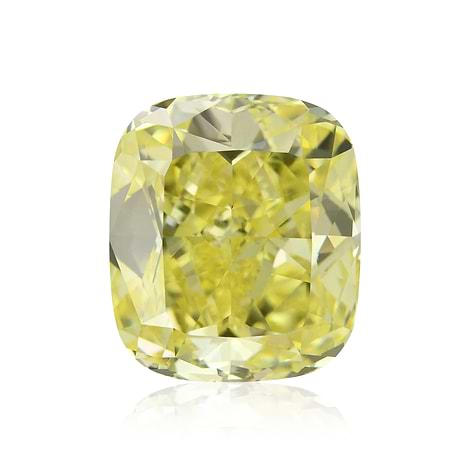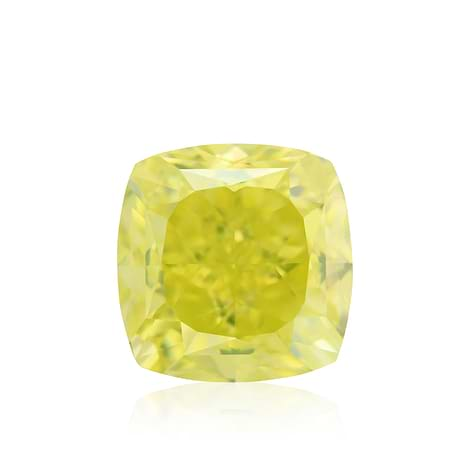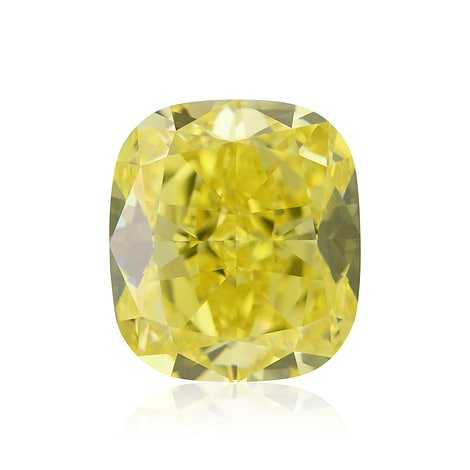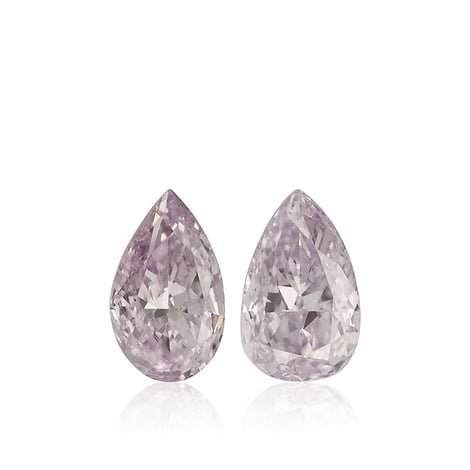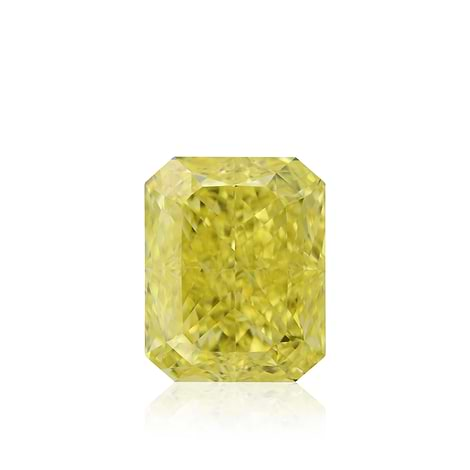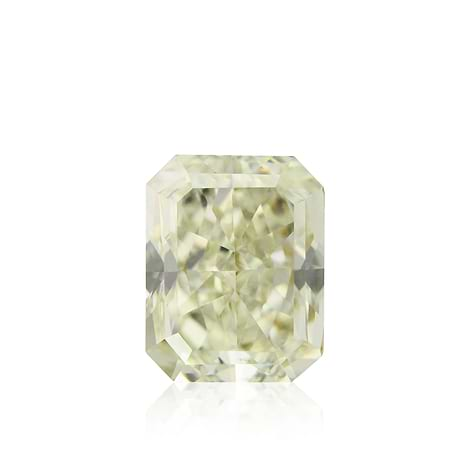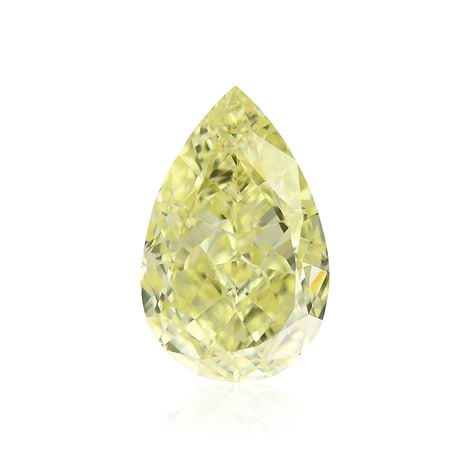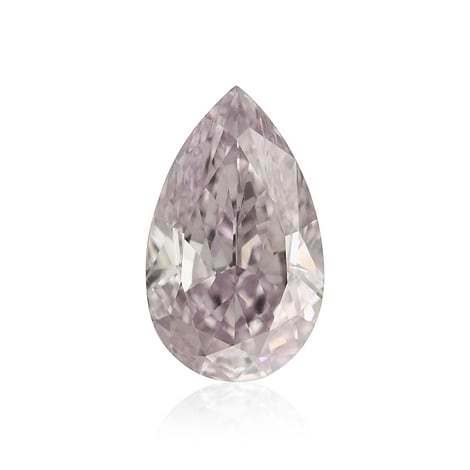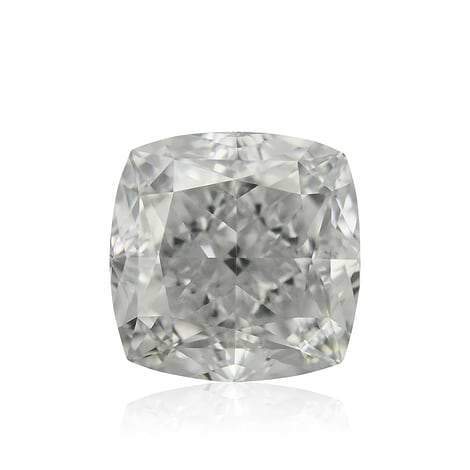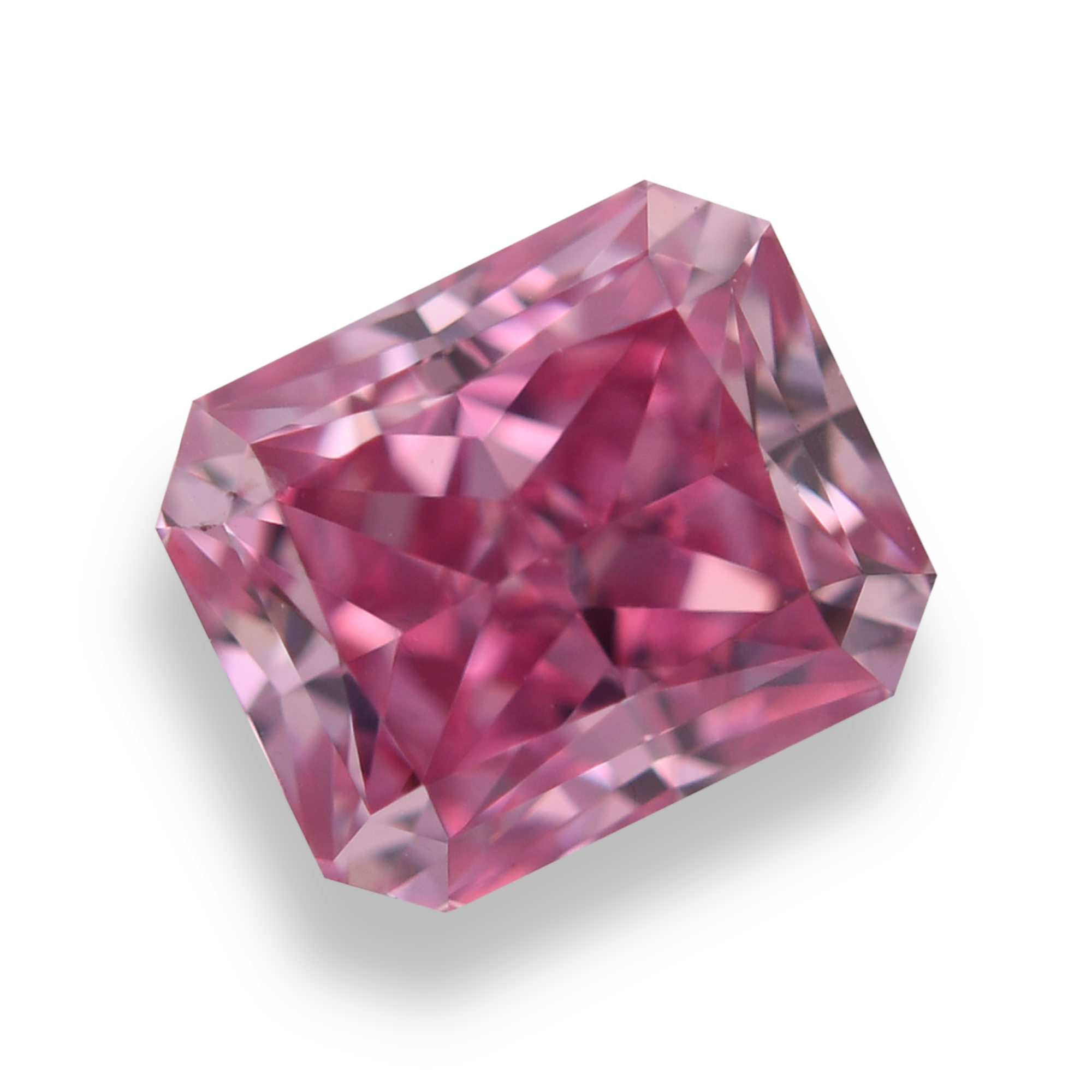There are some things in this world that are able to sell themselves, and a diamond just happens to be one of them. Women and men alike all over the globe adore rare, shimmering, and beautiful diamonds. Whether worn on an engagement ring, on a pair of stud earrings, or as adornments on a watch, diamonds are always in high demand. The fact that they can also be used for other purposes besides beautifying our lives is just a fantastic perk. However, when these rare gems take on the important role of transforming hazardous, polluted water into water void of dangerous contaminants they truly take on a whole new meaning of being a desired and valuable object.
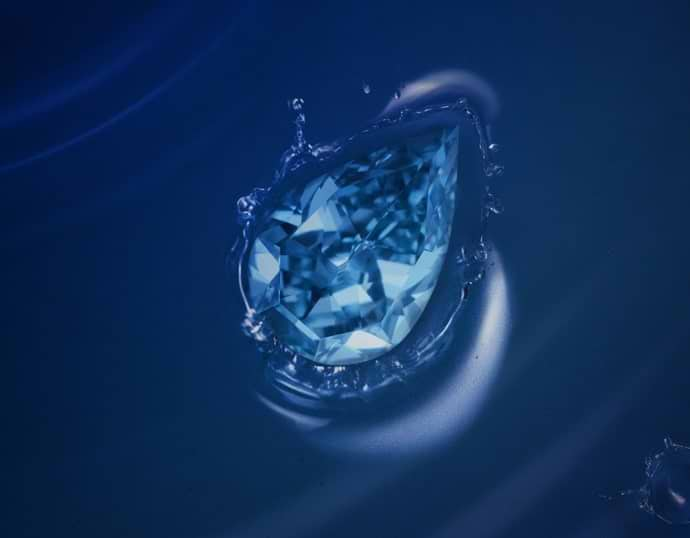
Natural blue diamond in water
Nanocrystalline Diamonds Remove Active Agent of Pesticide from Water
Researchers at Universidad Oberomericana in Mexico have discovered a way to utilize Earth’s sturdiest substance to decontaminate water containing methyl parathion, a chemical unfortunately still used by some farmers in parts of the world. The chemical, which is acknowledged as an element that is harmful to human beings, is also one of the poisons on the Rotterdam Convention’s list of poisons. Miraculously though, chemists have figured out a method that enables tainted, unsafe water to be converted into drinkable water. By placing a thin layer of nanocrystalline diamond as well as an electrochemical charge in affected water, the active agent in the chemical is altered into inoffensive salts and gas. The water still must go through a conventional filtering process before it is ready to be consumed but it is still a far cry from the harmful water it was before.
Diamonds and Science
Since diamonds are so mesmerizing and look phenomenal in practically any jewelry setting it can be easy to forget that they are after all some of nature’s most intriguing gifts. Formed over a period of billions of years, these gems contain properties that are valuable in the scientific sphere. Making use of diamonds for environmental and agricultural purposes is just one instance of their huge capabilities. Diamonds already have a secure place in science by contributing to infrared technology as well as other ventures.

A rough yellow diamond next to a rough colorless diamond
There truly is no limit to a diamond’s beauty or capabilities. The next time you pick up that glass of water with a diamond on your finger, think about the connection between the two and how absolutely remarkable those little specimen really are.
